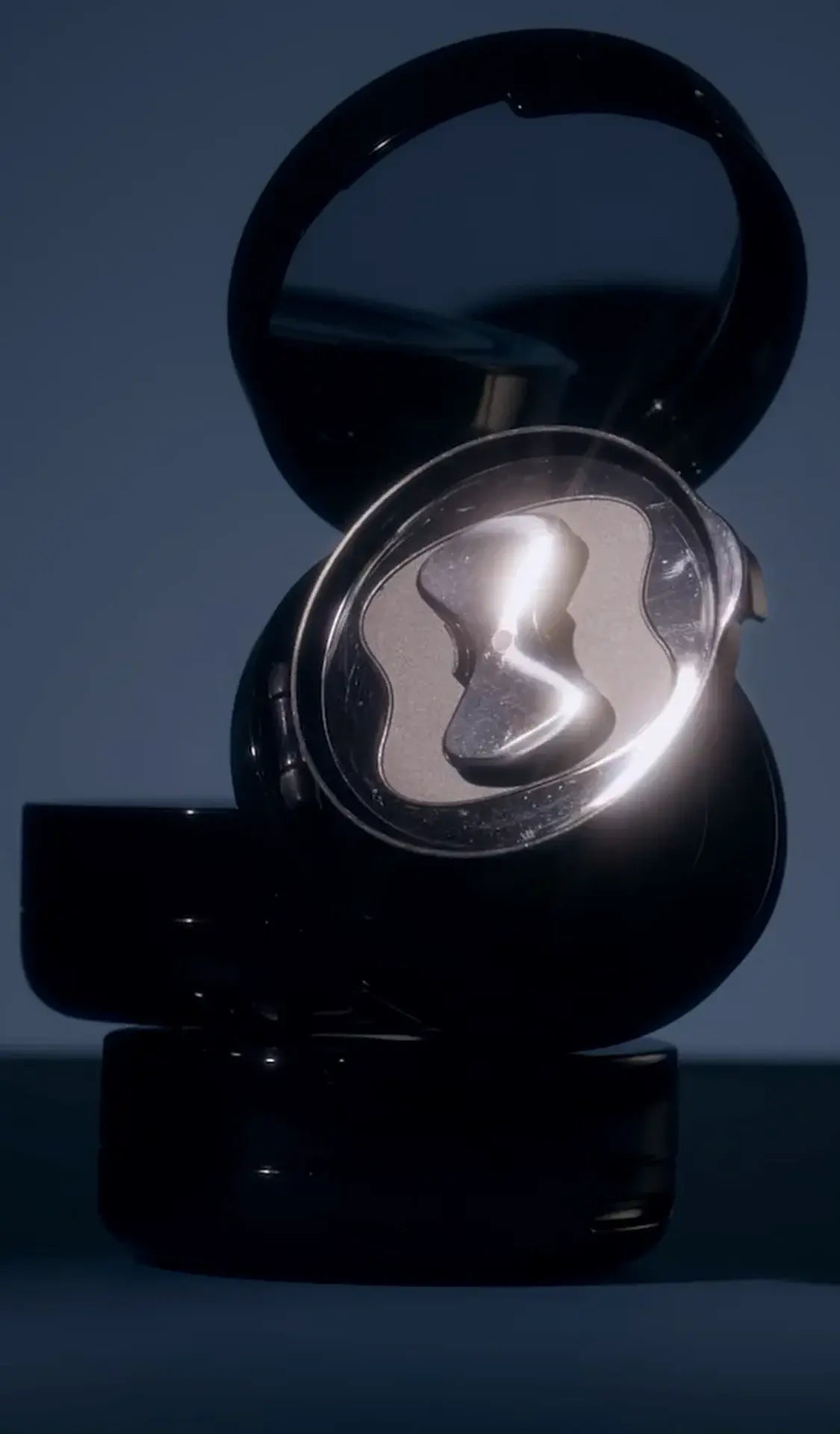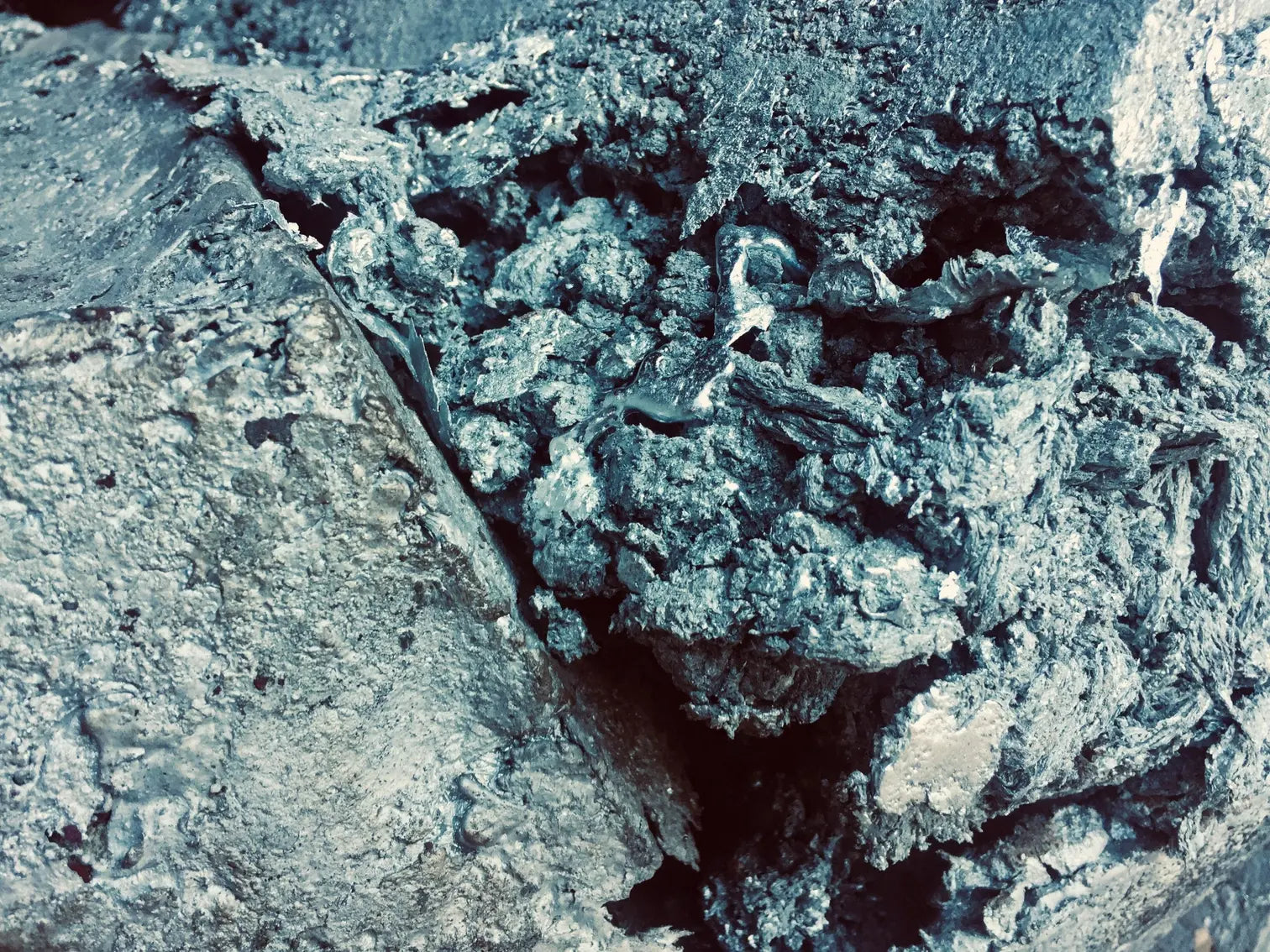04
What are the other benefits of zinc oxide for skin?
In addition to its UV-blocking properties, zinc oxide has some very compelling bonus benefits.#1 Zinc oxide helps prevent skin infectionsBy forming a physical barrier on the skin’s surface, zinc oxide actively inhibits bacteria from binding onto your skin. This can help keep irritated or broken skin from experiencing further damage as a result of external bacteria. [8] Plus, zinc oxide has been shown to stimulate collagen, enhancing the structural integrity of the skin and shrinking pore size. [9] With smaller pores, the skin barrier is less permeable, making it more difficult for bacterial pathogens to penetrate.#2 Zinc oxide helps treat & prevent acneWhile other UV filters can irritate acne-prone skin, zinc oxide has been shown to actually calm and clear breakouts. Thanks to its action as a natural antioxidant, zinc helps reduce inflammation in the skin, soothing red and puffy breakouts. Plus, zinc’s antimicrobial properties help deter acne-causing bacteria on the surface of the skin.Zinc can even help prevent new breakouts by controlling oil production at the hormonal level. Oil glands are overstimulated by dihydrotestosterone (DHT), a male sex hormone that’s present in both men and women. Not only does zinc absorb excess oil, it also blocks DHT, inhibiting the root hormonal cause of oily skin. [10]#3 Zinc oxide supports wound healingZinc may help you bounce back from breakouts faster by supporting your body’s natural wound healing abilities. Topical application of zinc oxide has been shown to improve cellular turnover and collagen deposition. With fresh new skin cells and more collagen, your skin can recover faster from minor skin trauma like breakouts with less scarring. [11]#4 Zinc oxide improves skin textureThanks to its oil-reducing and collagen-boosting properties, zinc oxide may help your skin look smoother and healthier. Uneven skin texture is often a result of enlarged pores. Pores stretch when they become blocked by hardened sebum and dead skin cells. As the skin continues to produce oil, that oil tries to escape from behind the pore blockage, stretching the edges of the pore. By acting as an astringent, zinc oxide helps shrink the look of pores and give skin a smoother texture.[12]#5 Zinc oxide may help prevent skin cancerNew research has shown that zinc oxide may also have anti-cancer properties. In a study, zinc oxide nanoparticles were seen selectively targeting and killing skin cancer cells. [13] This means that zinc oxide could potentially reduce the risk of skin cancer.



